Details on the L1 program:
The L1 program was the project to send a cosmonaut to the Moon, without landing. Various complex schemes had been proposed since the earliest days of the crewed programs. This article refers to the late 60’s proposals. The program was abandoned after the Apollo 11 landing.
Hardware was flown successfully unmanned, including the “Zond” mission that famously flew some steppe tortoises around the Moon and returned them safely.
L1 Soviet Illustration, “Space Complex L1”
This diagram shows the basics well, and will help with understanding the diagrams that follow. Note that the crew is launched separately in a Soyuz 7K-0K, and spacewalk over to the L1, which is attached to a Block D upper stage.
A really nice clear diagram of the L1 docking adaptor!
Another nice detailed diagram, unfortunately I don’t have the key that describes the numbered elements. The forward storage compartment.
This looks to be a standard Soyuz docking beacon to my eyes.
L1 docking radar, shown in both the stowed, and the deployed configuration.
And finally the descent module, the crewed compartment that would make it back to the surface of the Earth. Despite similarities, this has major differences from the standard Soyuz descent module, notably:
A thicker, stringer heat shield, to protect the crew at the higher re-entry speeds experienced coming back from the Moon.
The enlarged parachute compartment, (at the top of the craft), also for the different lunar return trajectory.
The plan, (as tested on Zond), was to contact the Earth’s atmosphere twice on re-entry. The first time the capsule would skip off, up to a higher altitude, before descending again. This would allow the heat shield time to cool down, before final descent.
Translated notes on the “Head Unit” for N-6L:
“Head Unit” is a literal translation of the term used for the payload. In Russian: “головной блок”. It’s clear that the plan was to use a dummy lander, but a real Lunar Orbiter, (LOK). On with the translation:
The test object is a standard lunar orbiter, unmanned version, intended for testing the design and onboard systems of subsequent manned spacecraft.
The following flight program is envisaged for testing the LOK design, and the systems on this spacecraft.
Using the N1 launcher, the L3 complex, (consisting of LOK No. 6A, the spacecraft's overall weight mock-up, rocket blocks D and G, and the head fairing (HF), is launched into Earth orbit with a perigee of 200 km and an apogee of 700 km. The payload is separated while launching the complex to low earth orbit. Launch of the complex from Earth orbit towards the Moon is made on the 17th orbit, using block D. Block D performs the necessary additional acceleration of the complex, and corrects any errors in launching, (which occurred during the operation of previous rocket blocks).
The flight of the complex along the Earth-Moon trajectory lasts 3.5 to 4 days. During the flight to the Moon 2 trajectory corrections are planned, with the help of block D. Deceleration of the complex and its transition to the orbiting the Moon, with an altitude of I50 km is also made using block D.
During the flight to the Moon corrections are made to form a landing elliptical orbit with parameters apolune = I00 km, perilune = 20 km. On the 6th day of the flight of the complex in Lunar orbit, separation of the LOK and the mock-up LK, using block D is performed, in order to work out the LK exit from the upper transition point (UP).
LOK launch from Lunar orbit back to Earth is performed on the 7th day of flight. During the preparation for launch to Earth, the separation of the crew compartment takes place. The spacecraft is accelerated by the upper stage rocket engine of Block I. The spacecraft flight along the Moon-Earth trajectory lasts 3.5 to 4 days. During this flight, two trajectory corrections are planned, using Block I. In addition, the program provides for an additional third correction, if required, before the craft enters the dense layers of the Earth’s atmosphere.
Diagram of the weight model LK for the N1-6L:
We have a diagram with weights, for the N1-6L weight model of the LK!
Here it is:
So, what is this showing us? The left side of the split illustration clearly shows an LK lander with the legs stowed. The right side shows the different sections as rectangular areas, with their mass, (in kilograms I think), with a key at the top right. If I understand correctly the scale extending rightwards is a measure of the amount of mass by distance from the central axis. The weight distribution model is accurate to plus or minus 10%. 11F94 is the reference number for the LK Lander, and the planned total weight is 2000 kilograms. (Note that other numbers have been crossed out! Controlling the mass of the lander was a problem for the USA as well as the USSR.)
I’ve made a translated version of this document:
Translated notes on the “head unit” for N1-7L:
ON CLARIFICATION OF THE PROGRAM OF FLIGHT TESTS OF RKS NI-L3.
THESE PEOPLE SPOKE AND TOOK PART IN THE DISCUSSION:
Mishin V.P., Ponomarev A.N., Melnikov G.P. Karas A.G., Afanasyev S.A.
The State Commission for the preparation and conduct of flight tests of the NI-L3 complex heard:
1. Report of the technical manager - chief designer of the HI-L3 complex, Mr. Mishin V.P.:
- Head unit L3 consisting of rocket blocks "G" and "D", lunar orbiter, mock-up of the lunar spacecraft and head fairing is manufactured in standard configuration of variant 6A.
- TsKBEM and the Council of Chief Designers for the HI-L3 complex consider it necessary to conduct flight tests of the NI-L3 RKS No. 7L in accordance with the current LCI program (E457I-7II), updated in terms of specification of tasks for the L3 head unit, with the L3 RKS flight to the Moon, its exit to the ISL equatorial orbit and the return of the descent vehicle (RV) to the Indian Ocean area.
The State Commission for the preparation and conduct of flight tests of the HI-L3 complex decided:
1. To accept the proposal of TsKBEM approved by the Council of Chief Designers for the NI-L3 complex to conduct flight tests of RKS NI-L3 7L in accordance with the current program E457I-7II, updated in terms of specification of tasks for the L3 head unit, with the implementation of a flight of the L3 booster to the Moon, its exit to the equatorial orbit of ISL and the return of the descent vehicle to the Indian Ocean.
2. Chief Designer of the Central Design Bureau Mishin t, within a month to finalize in accordance with the established procedure and submit to the State Space Agency the program of the RKS N1 flight to the Moon missions the flight program of RN NI-L3 No. 7L.
N1 Flights, Payload summary:
The head blocks are now known for all four flights:
N1-3L: 7K-L1A No. 3
N1-5L: 7K-L1A No. 4
N1-6L: GVM LOK No. 6M & GVM LK
N1-7L: LOK No. 6A & GVM LOK No. 7
Cool image of the Month:
N1-6L crash site, this photo shows part of the LK that was flown on the N1-6L.
Cool Link of the Month:
Museum of the Gagarin Cosmonaut Training Centre.
(With built in translation to English)
Lots of photos of their unusual exhibits.
Quick cool download of the Month:
As usual, you have 1 week from publication to download this. As they are proving to be popular, here’s another bundle of Novosti Kosmonavtiki (Cosmonautics News), magazines, the 12 issues from the year 2015.


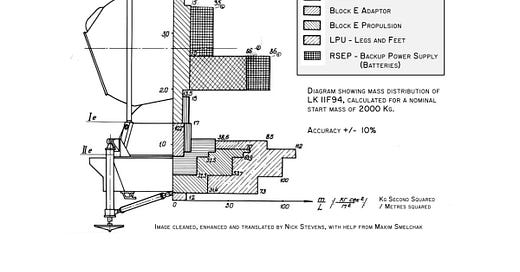


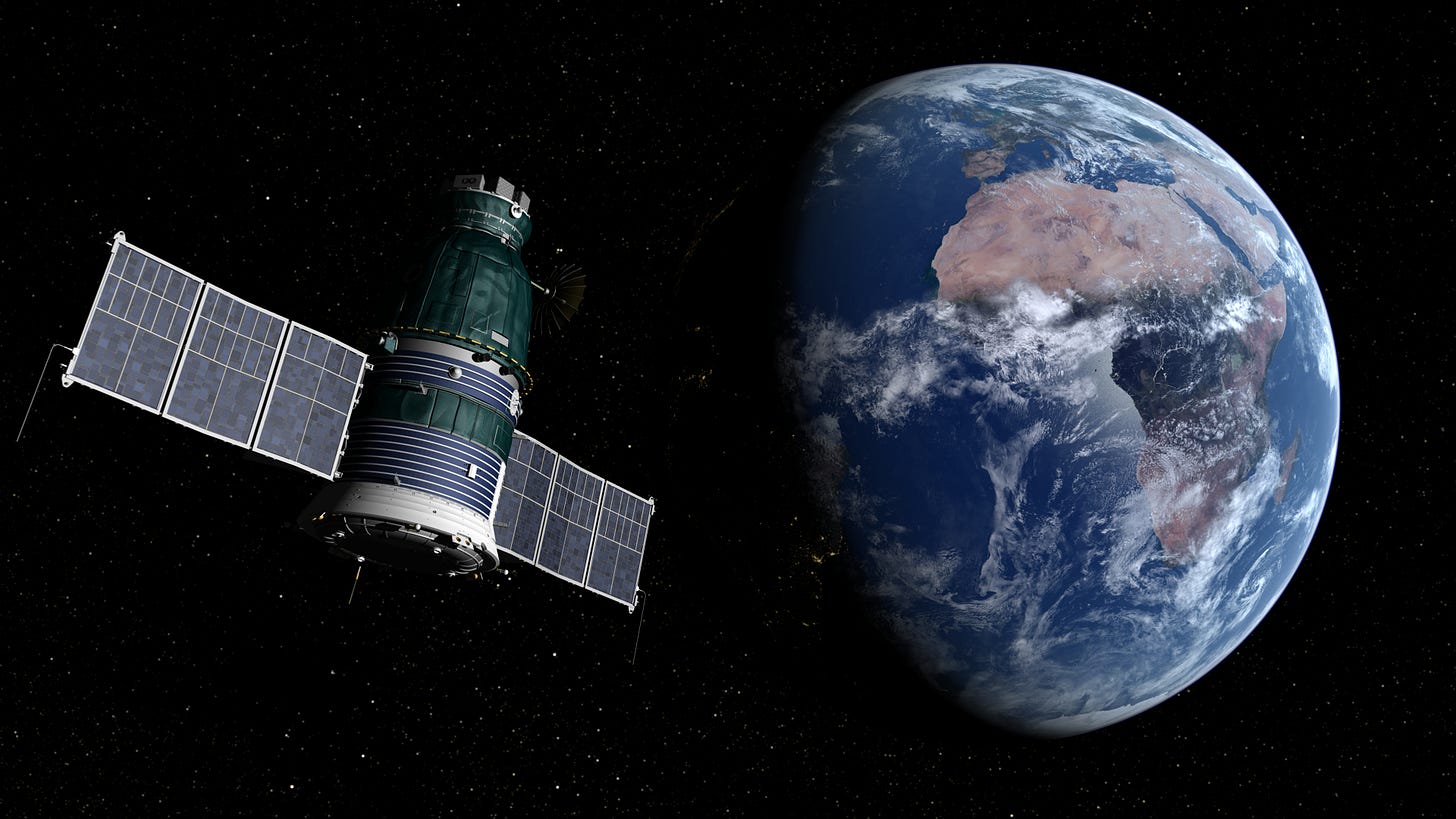
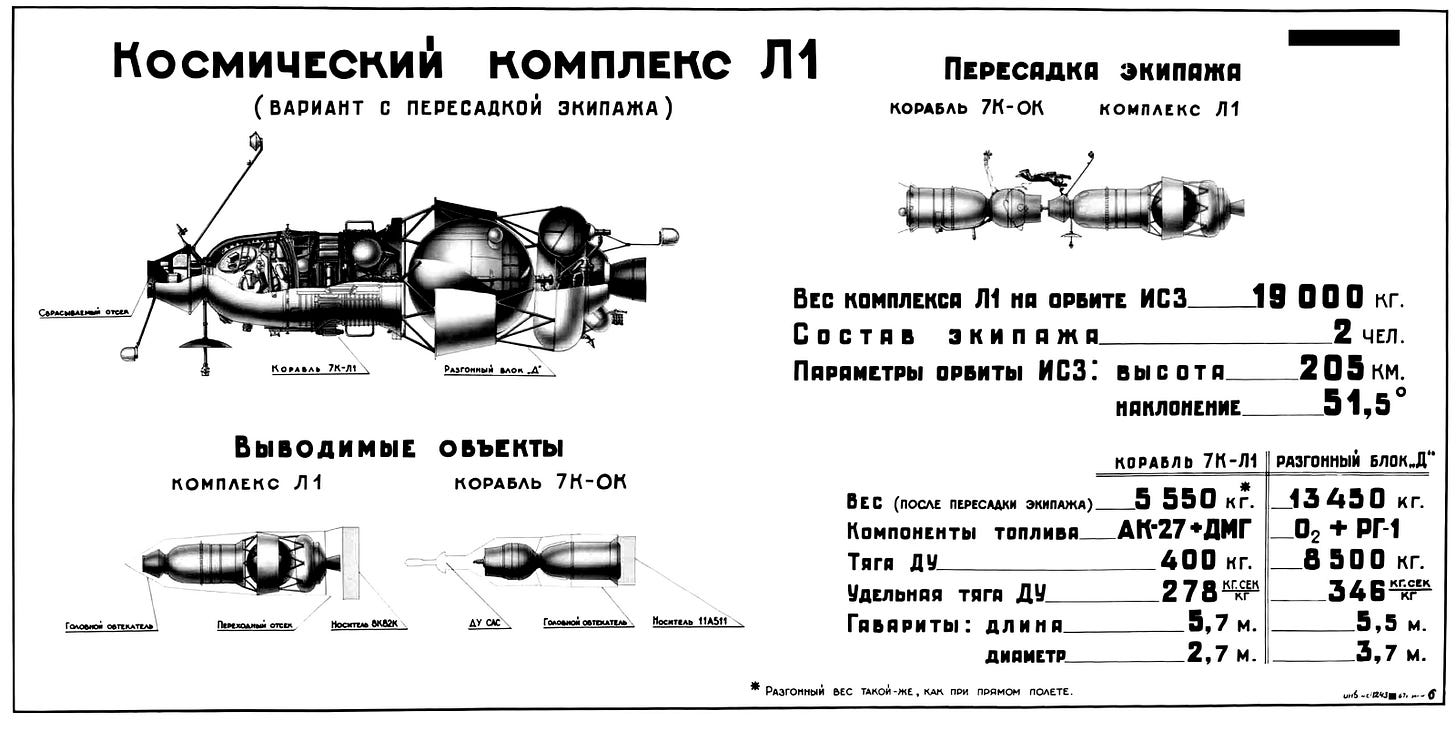
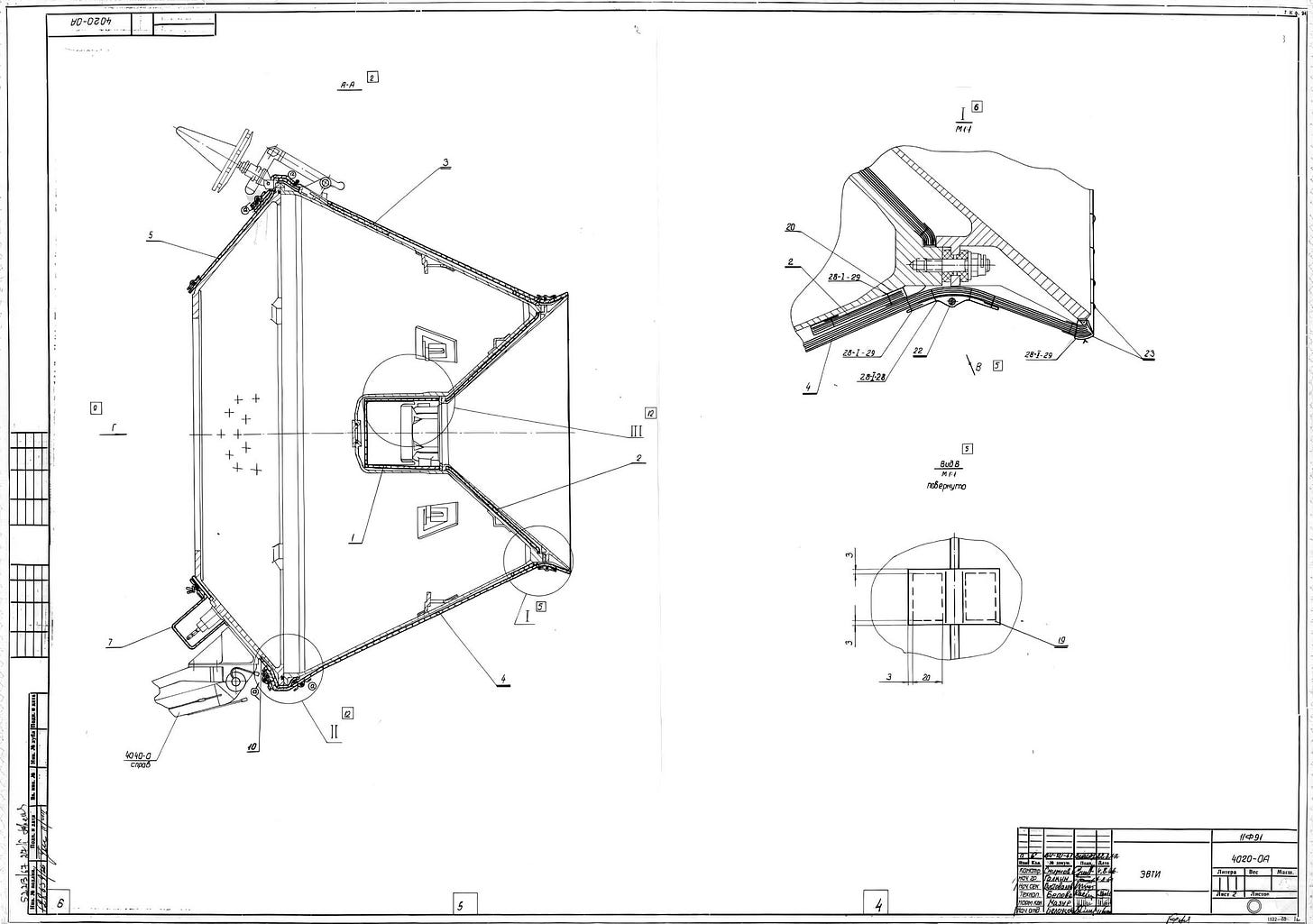
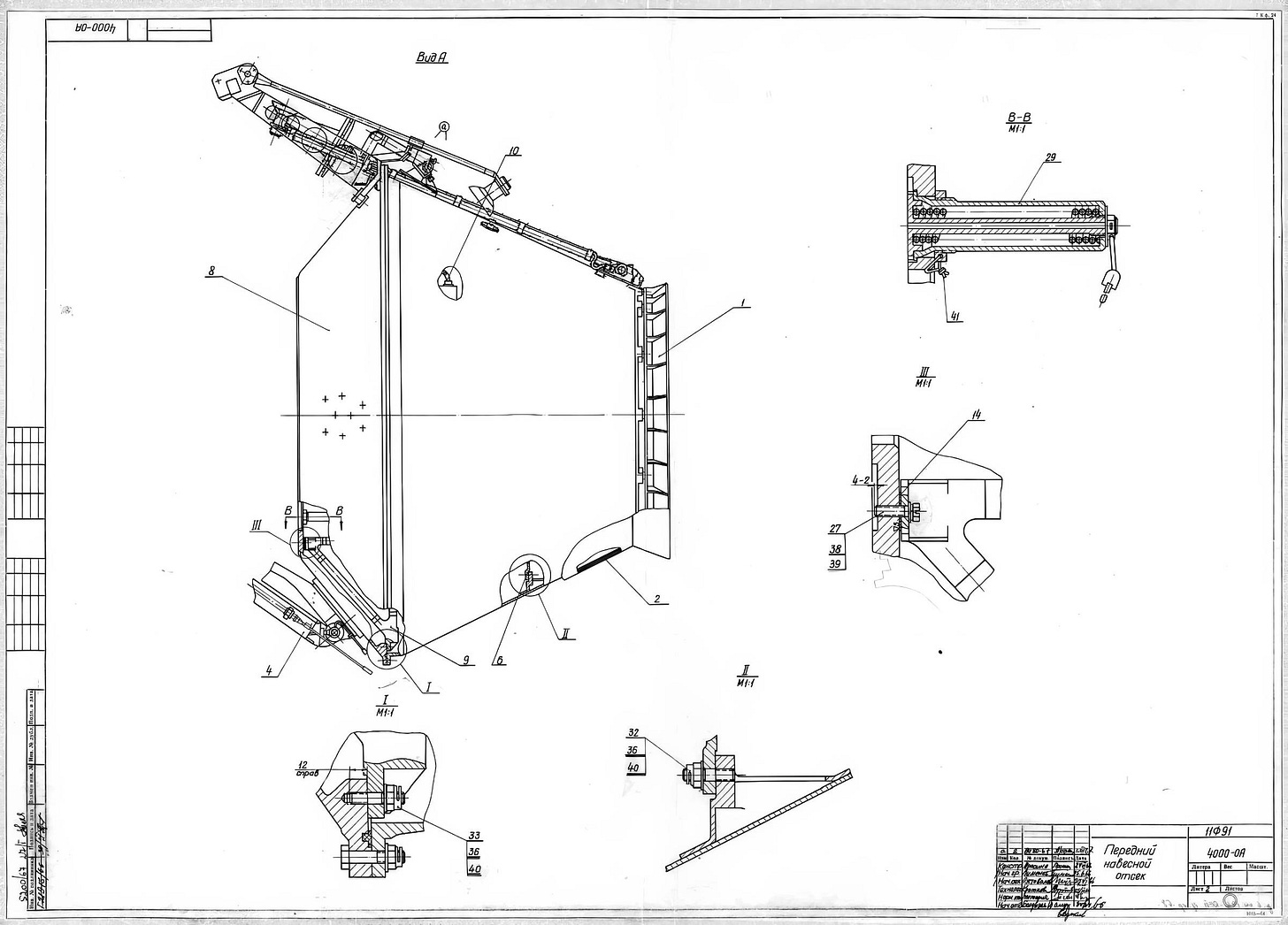
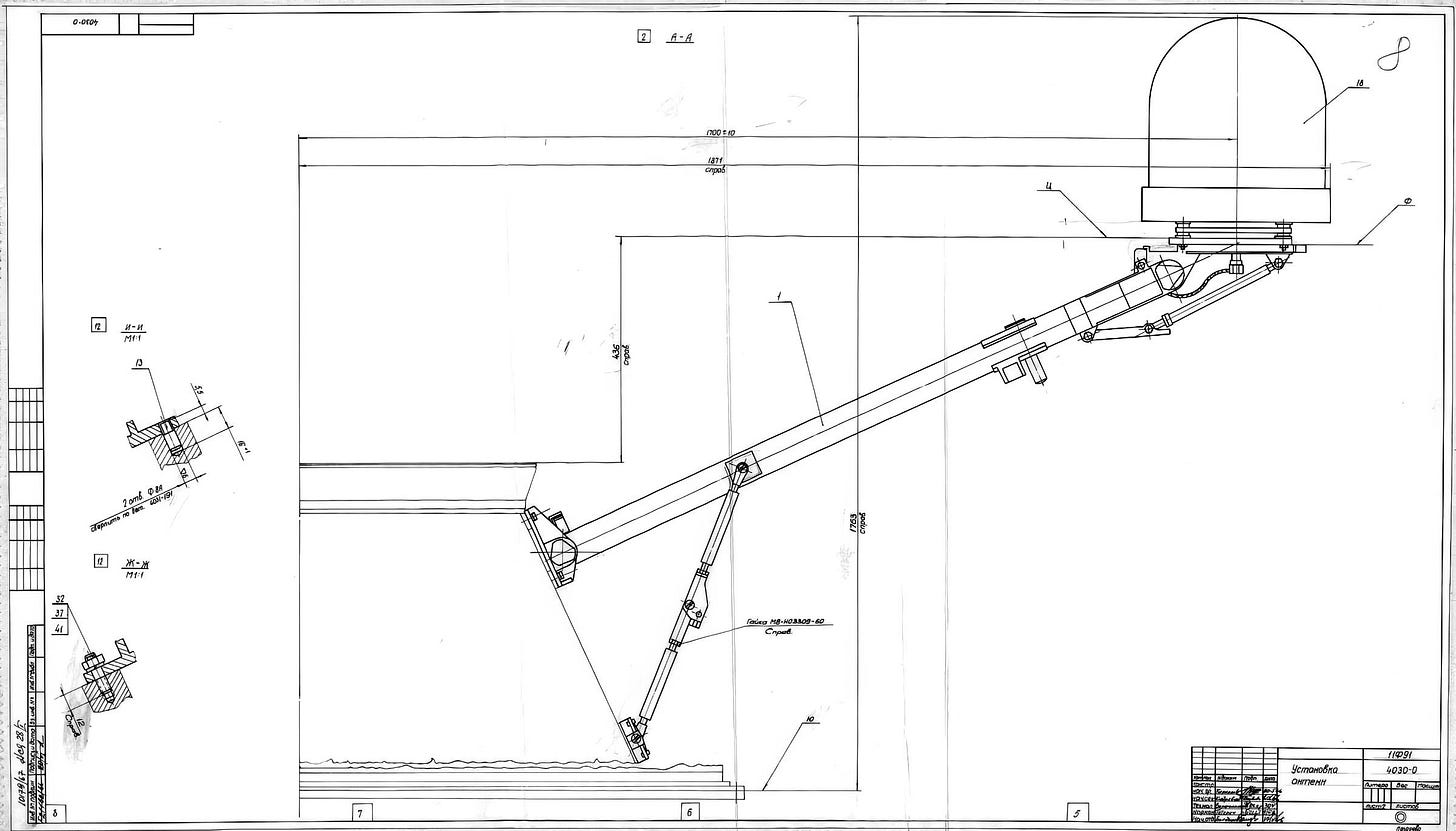
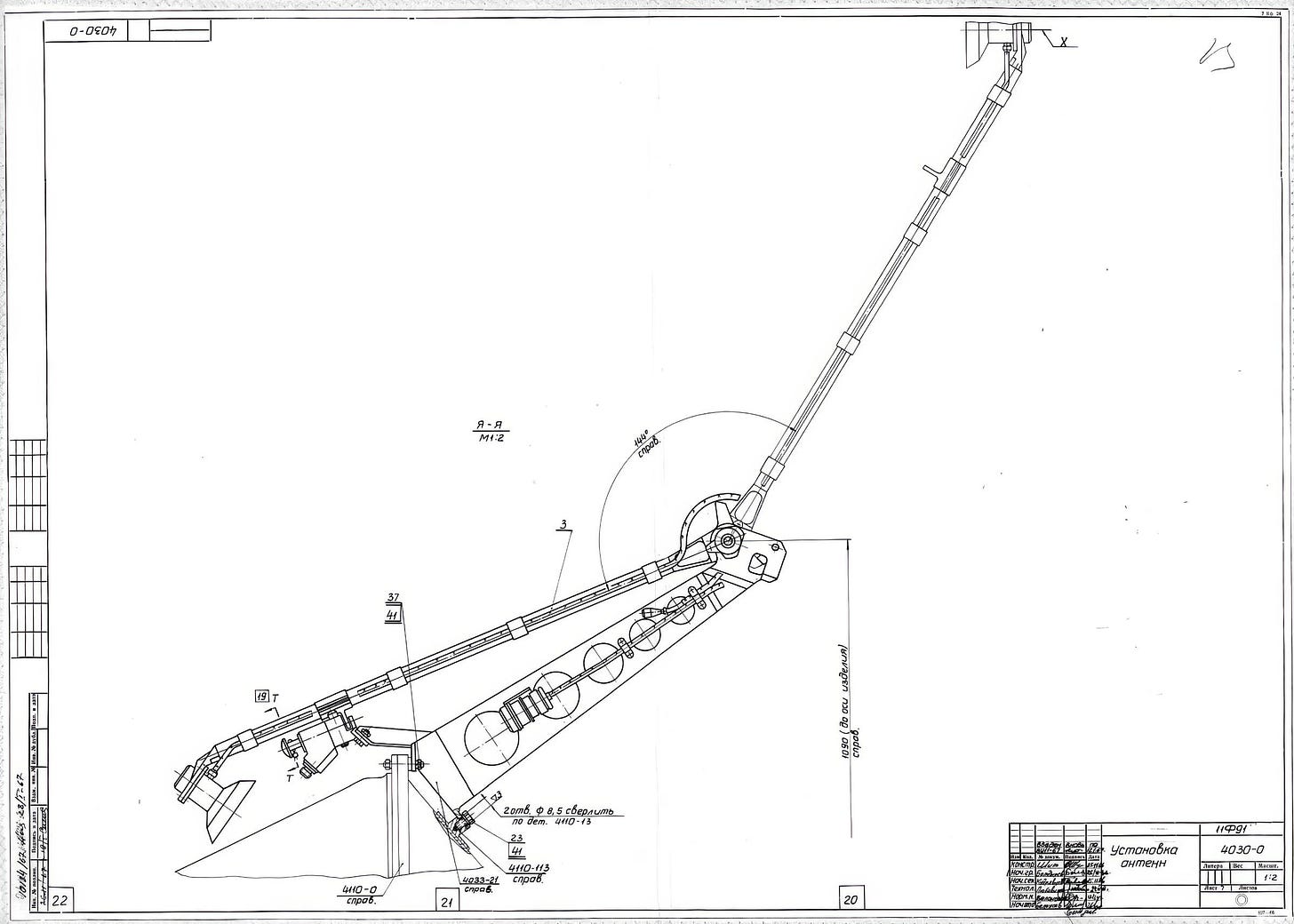
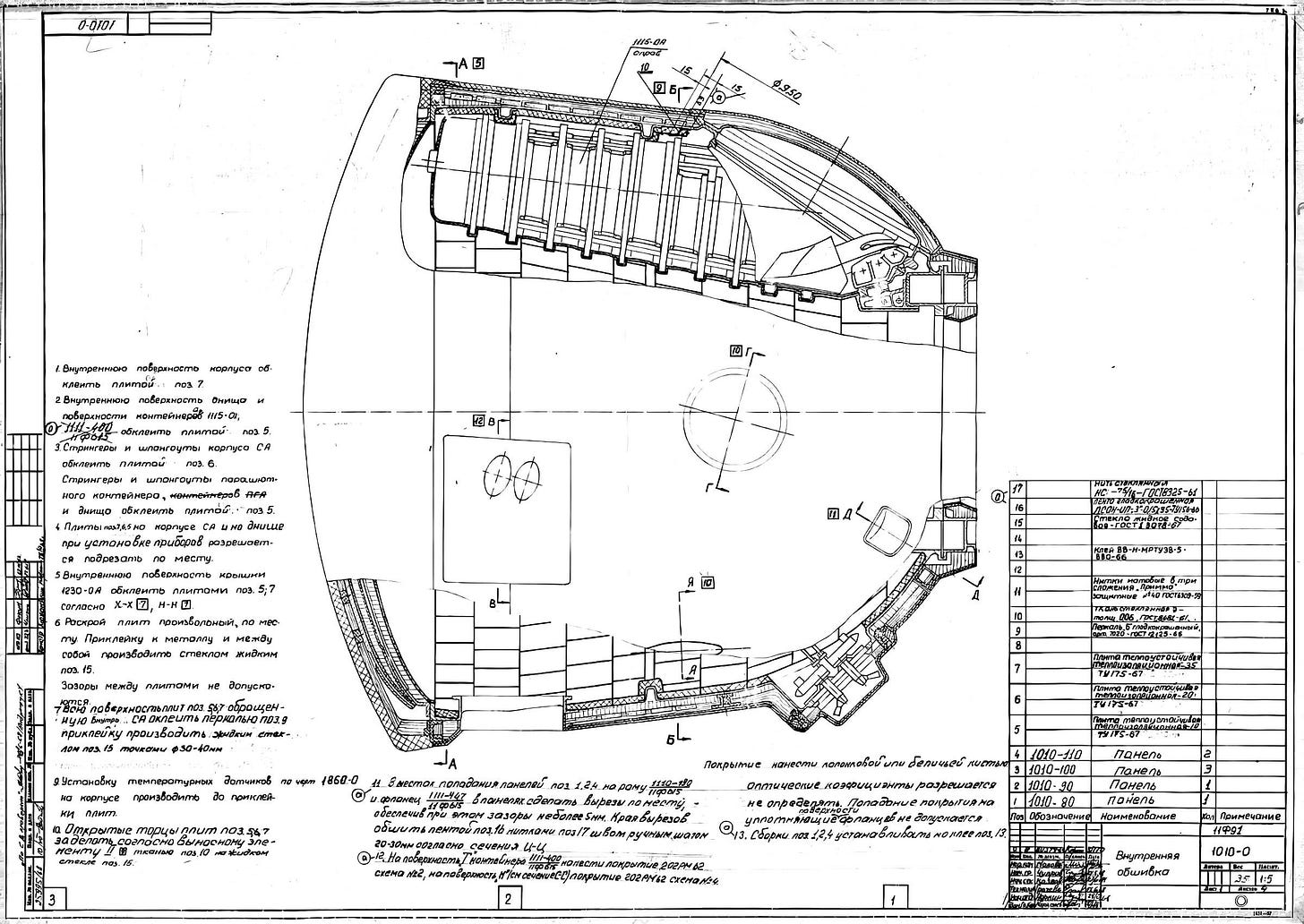
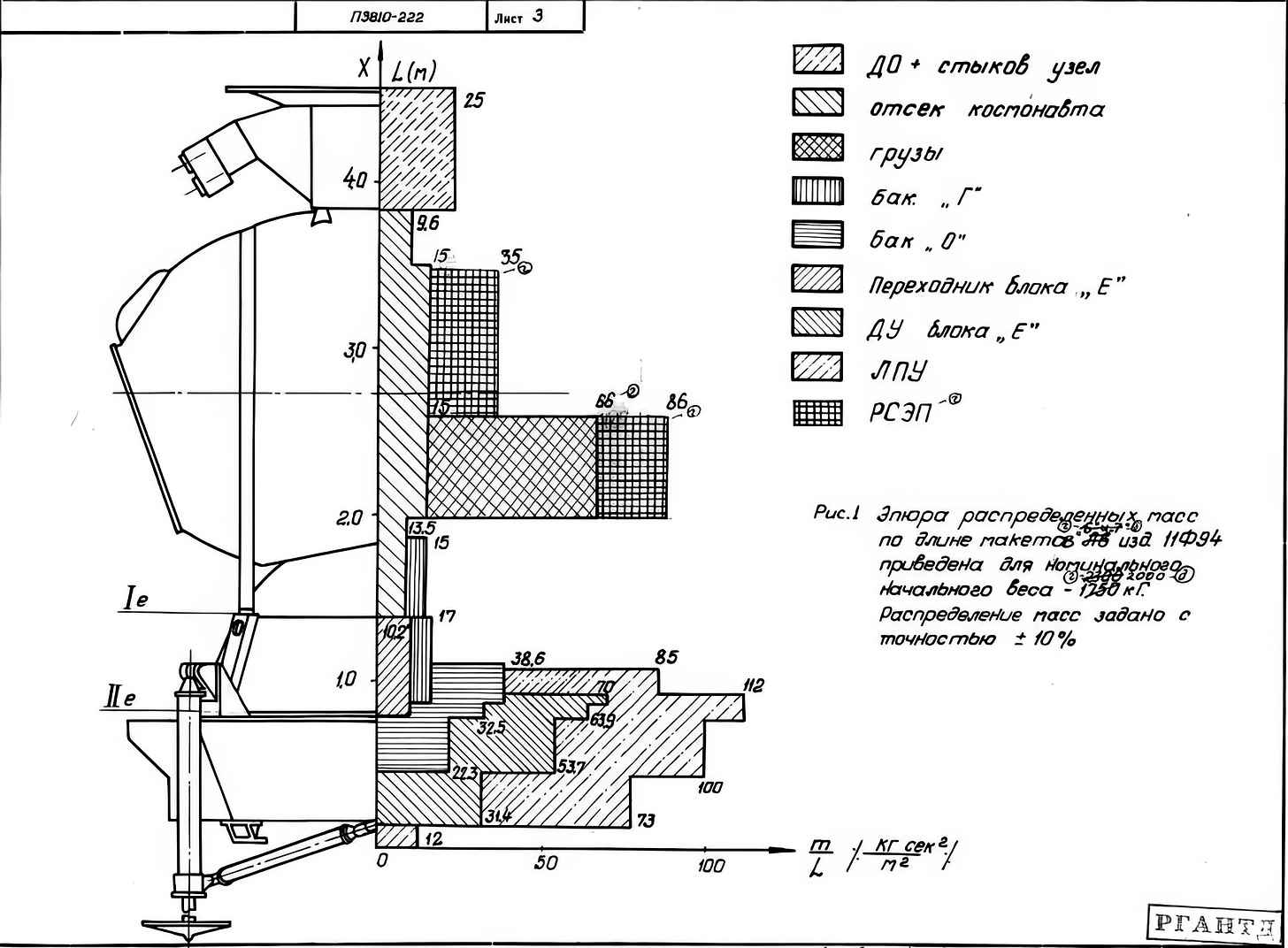
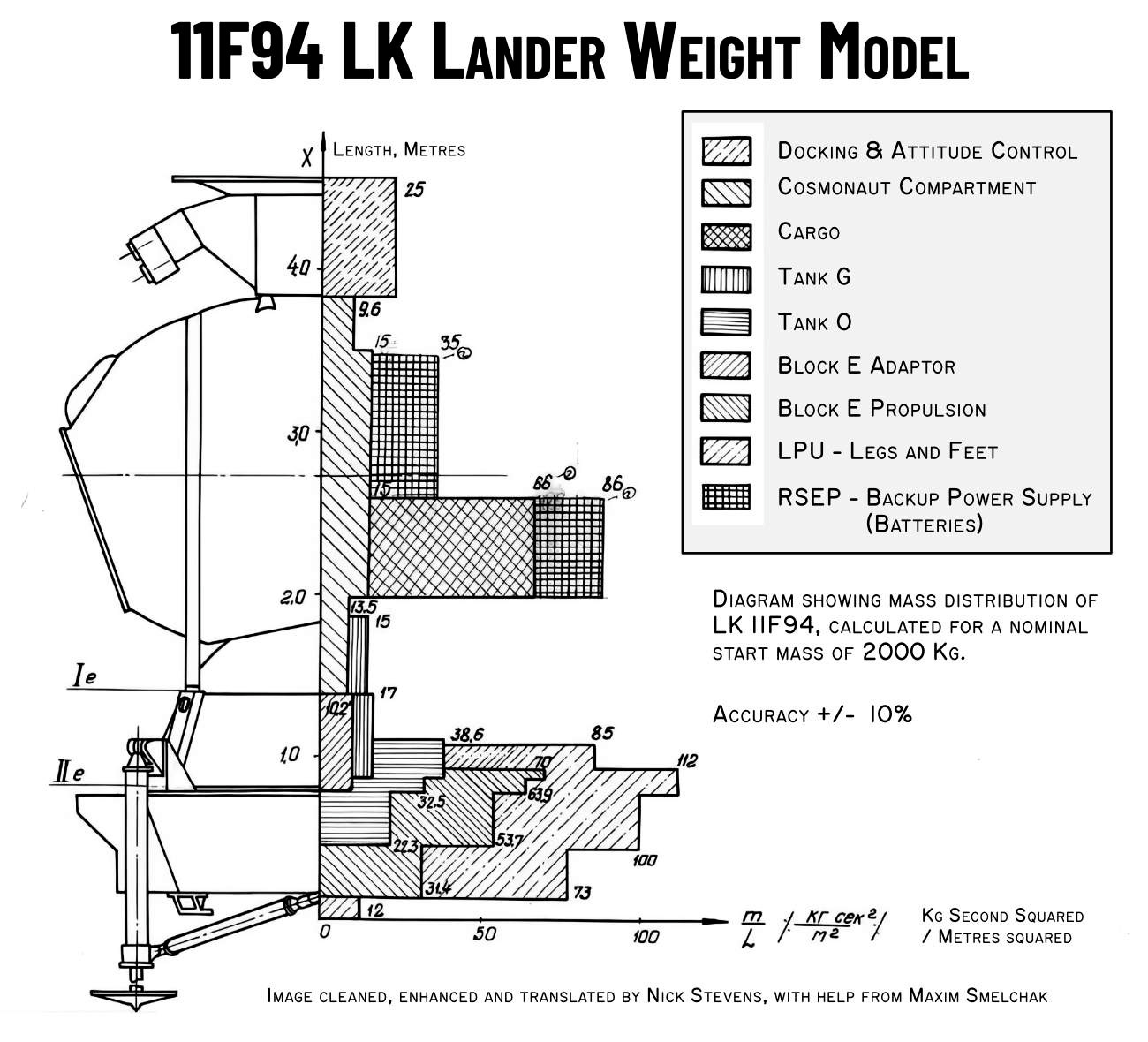
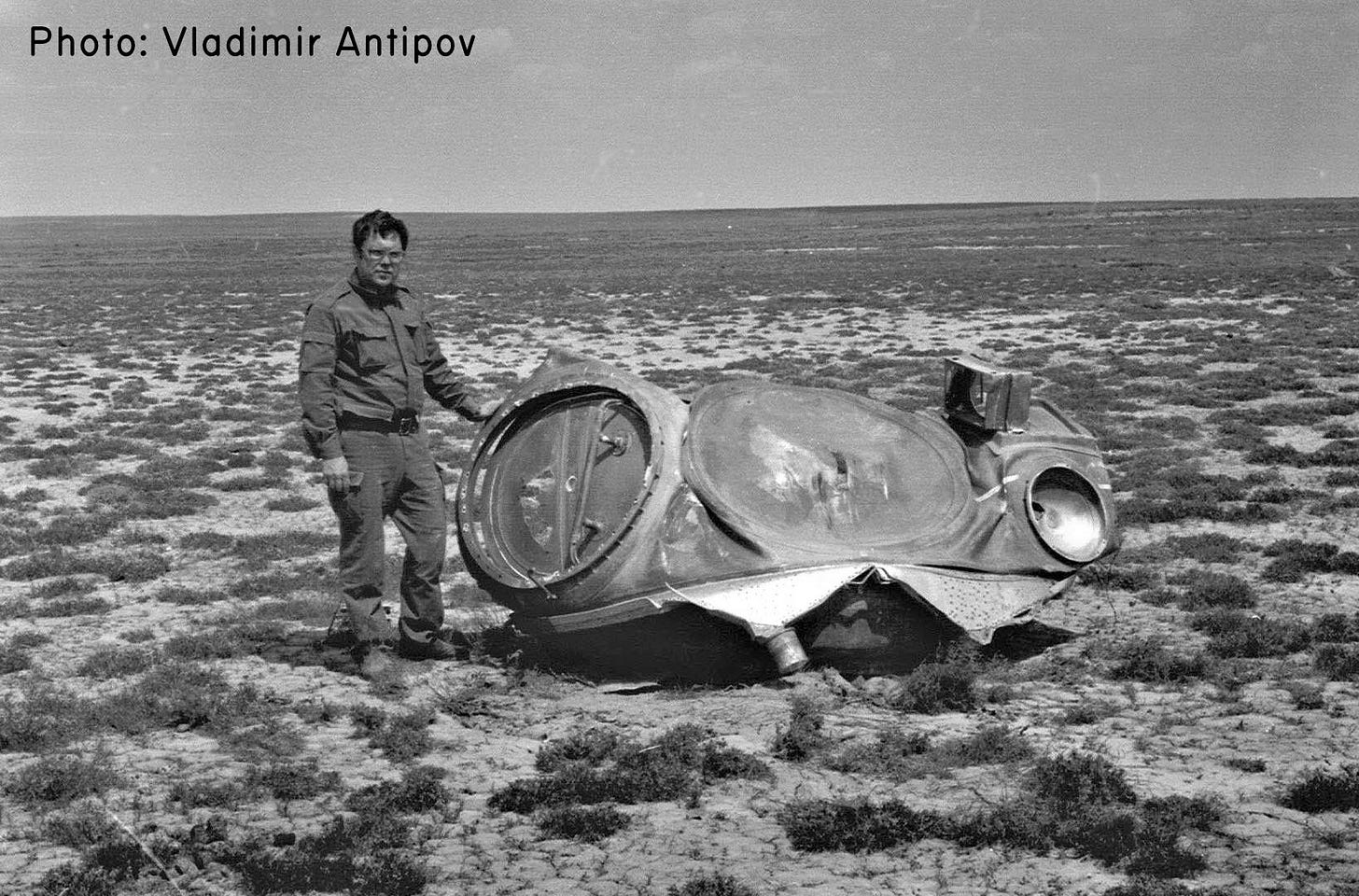
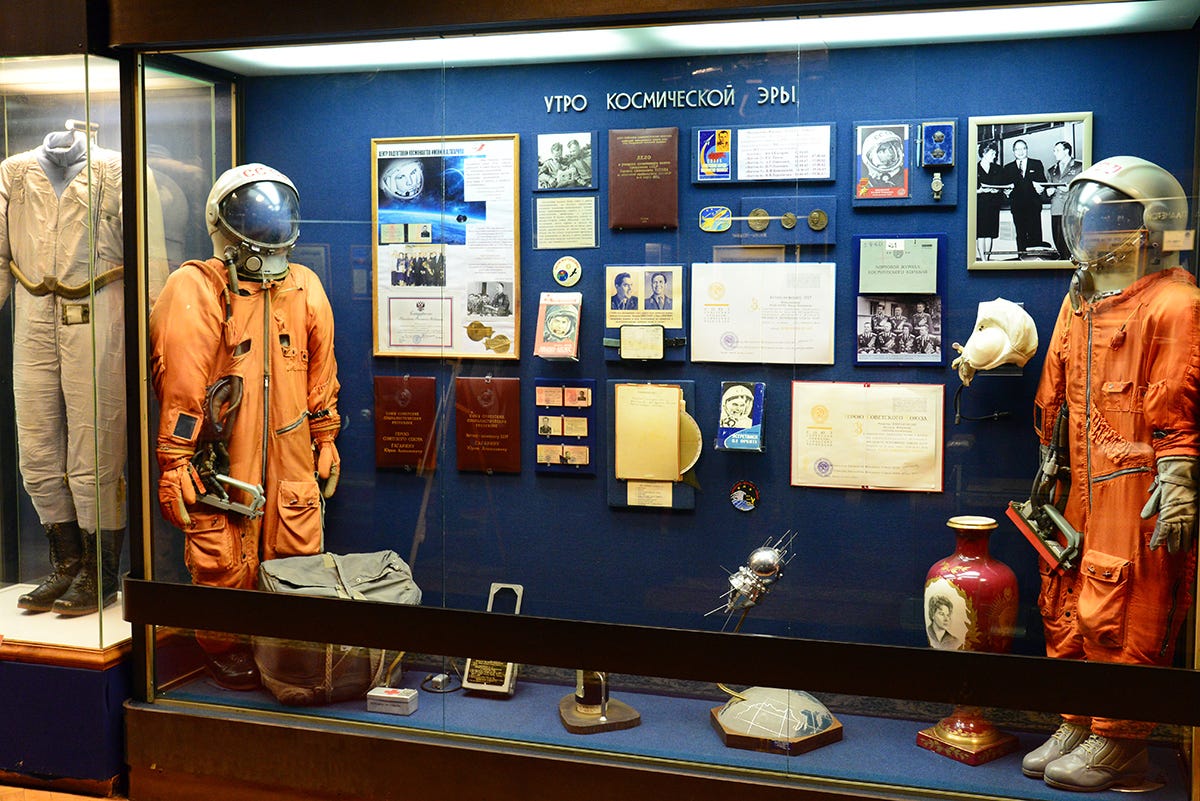
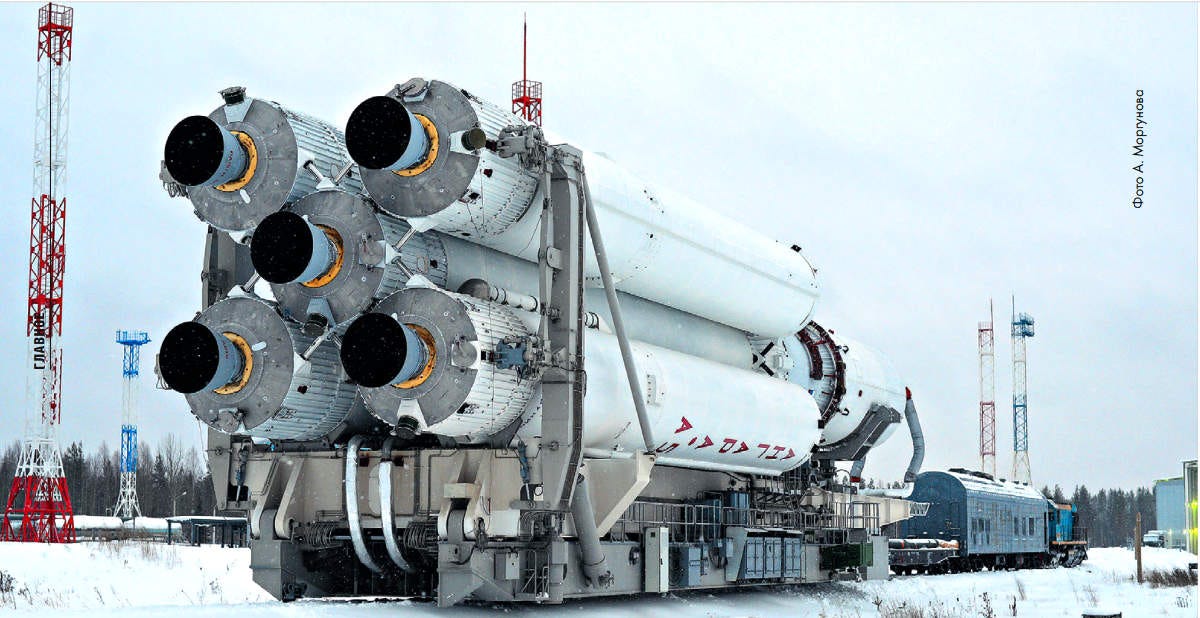
What is GVM? I'm guessing it's 'dummy' in more words